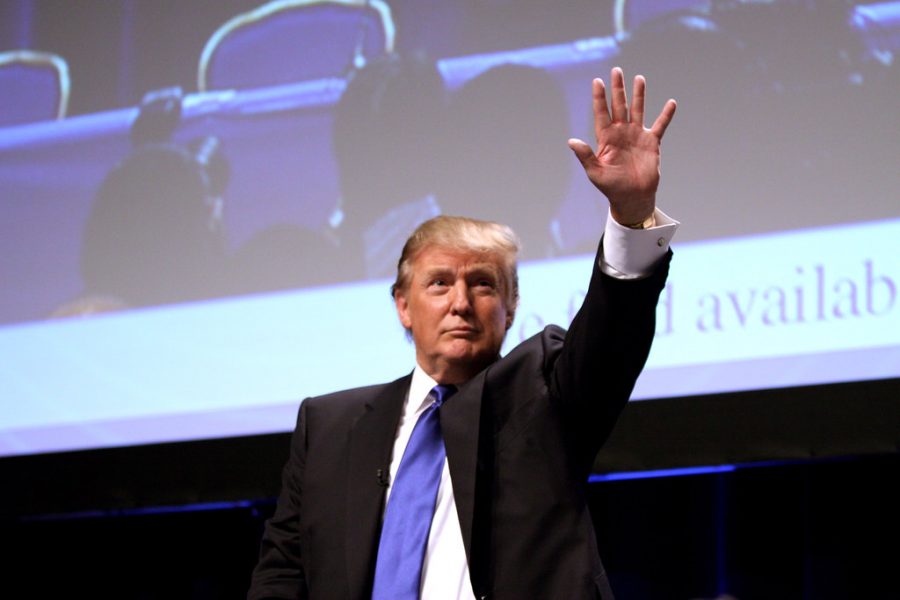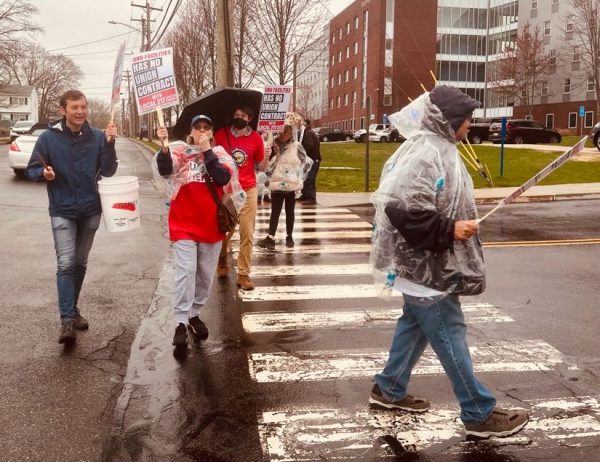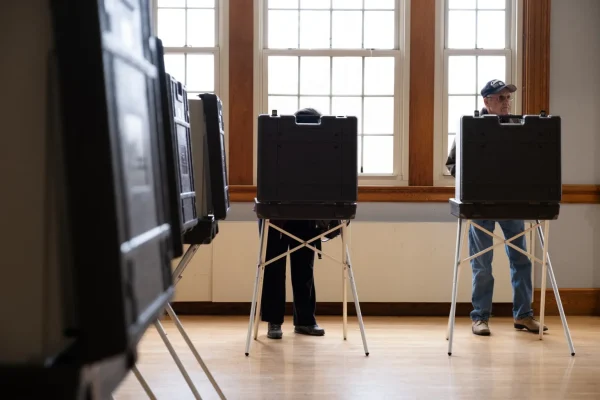Trump’s Four Years in Office: Effective or Not?
In a short, 16-minute inaugural speech, President Donald Trump delivered some of his key campaign talking points, keeping America first, and that there was no time for empty talk.
But did Trump hold to his promises about ensuring action from politicians and himself?
In what was, to many, an underdog being elected as president, Trump’s campaign built itself on blue-collar workers and battleground states who had felt forgotten during the Obama administration.
Trump promised things that made his voters think he had heard their fears. His promises of bringing back factory and industrial jobs, building a wall on the southern border, and redoing trade deals were all in America’s interest.
The value of these promises is that they stuck with voters- although sticking with the administration is a different question.
Job creation continued to rise for three years after Trump’s election; but, they were not often manufacturing jobs as he said, rather logging and mining. Unfortunately, because of COVID-19, thousands of people in manufacturing jobs were laid off once more. Currently, a study from the Becker Friedman Institute of the University of Chicago, predicted only 42% of the jobs lost from COVID-19 will return.
Trump’s most vocal claim was to build a wall along the southern border with Mexico after he said they were not “sending their best.” By 2020, much of the border fencing was renovated and replaced. According to the Washington Post, over 1,000 miles does not have a wall.
The North American Free Trade Agreement (NAFTA) had been a target in Congress since its introduction in 1994. With opposition from politicians on both sides of the political fence, the trade agreement allowed for free trade from the U.S., Canada, and Mexico. Politicians from the U.S. argued this might have led to U.S. jobs’ exportation to the other countries’ markets in the agreement.
Trump’s administration got a win when in 2020, after being ratified by the three countries involved, NAFTA was dissolved in favor of the new United States-Mexico-Canada-Agreement (USMCA).
The president’s effectiveness rating varies greatly; research on partisanship in the U.S. government has shown that the country is politically divided more than ever before, and the past four years may have a reputation that carries it.
The country has seen a rise in political candidates who are more progressive and conservative. Alexandria Ocasio-Cortez won in her district in the midterm election with a progressive campaign by a large margin. Meanwhile, in Alabama, candidates like Roy Moore almost won a U.S. senate race, with a platform of conservative views and ties to confederacy groups.
On many occasions, during Trump’s four years, the country required leadership from the president. Trump’s claim of “very fine people on both sides,” his reaction to the protests for George Floyd, and his decisions when it came to COVID-19 in the U.S. have given Democrats, such as presidential candidate Joseph Biden, a reason to argue that Trump is not fit to be the President for another term.
The difference of views in the U.S. became clear through the President, Republicans, and Democrats’ words.
For reelection, Trump will have to convince his voters of how great life is now, and that life with the other candidate would be harmful. He will need to prove that he has been as effective as the president. For Democrats, the opposite is valid. They will need to prove that Trump, in their opinion, is not meant for the presidency.









